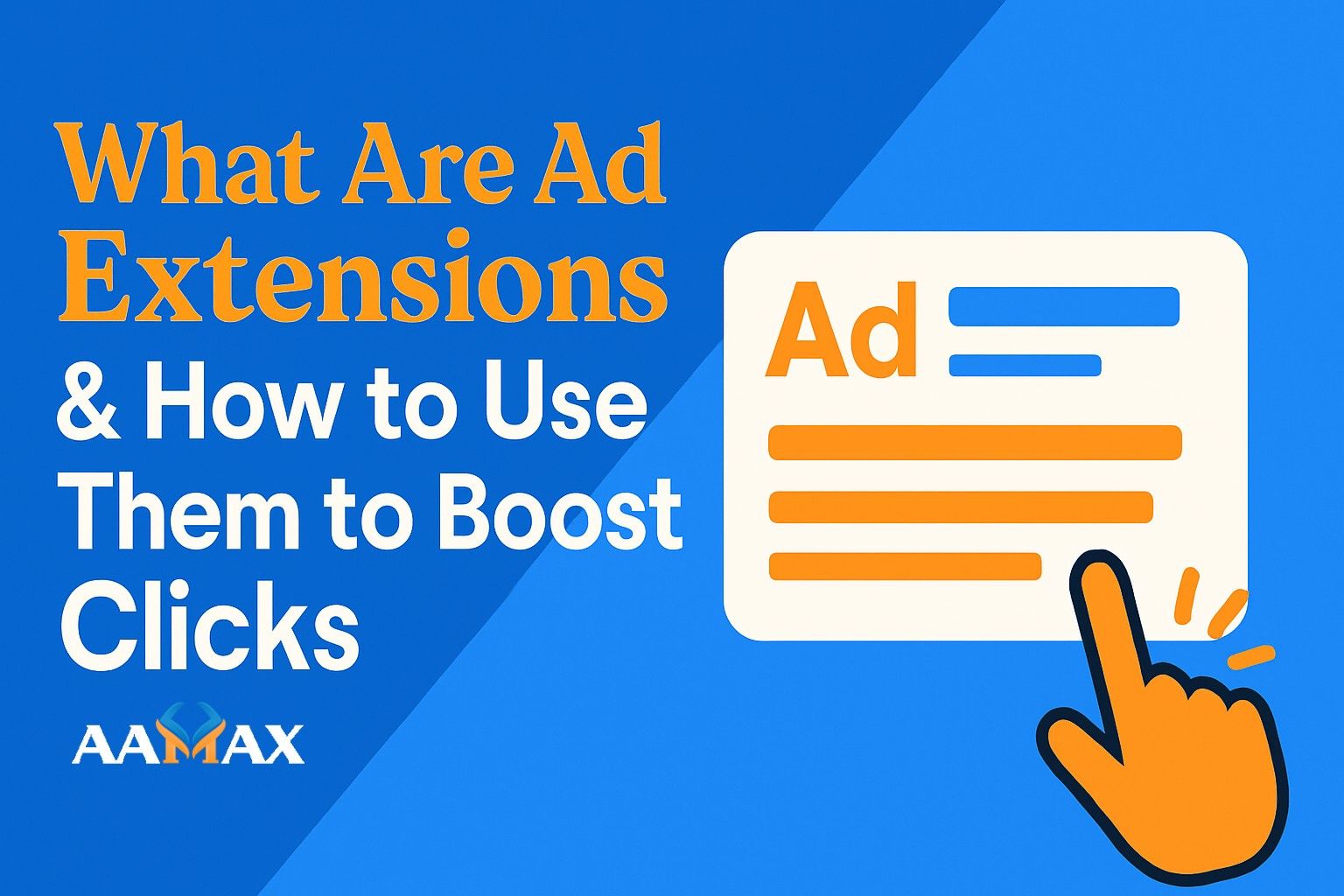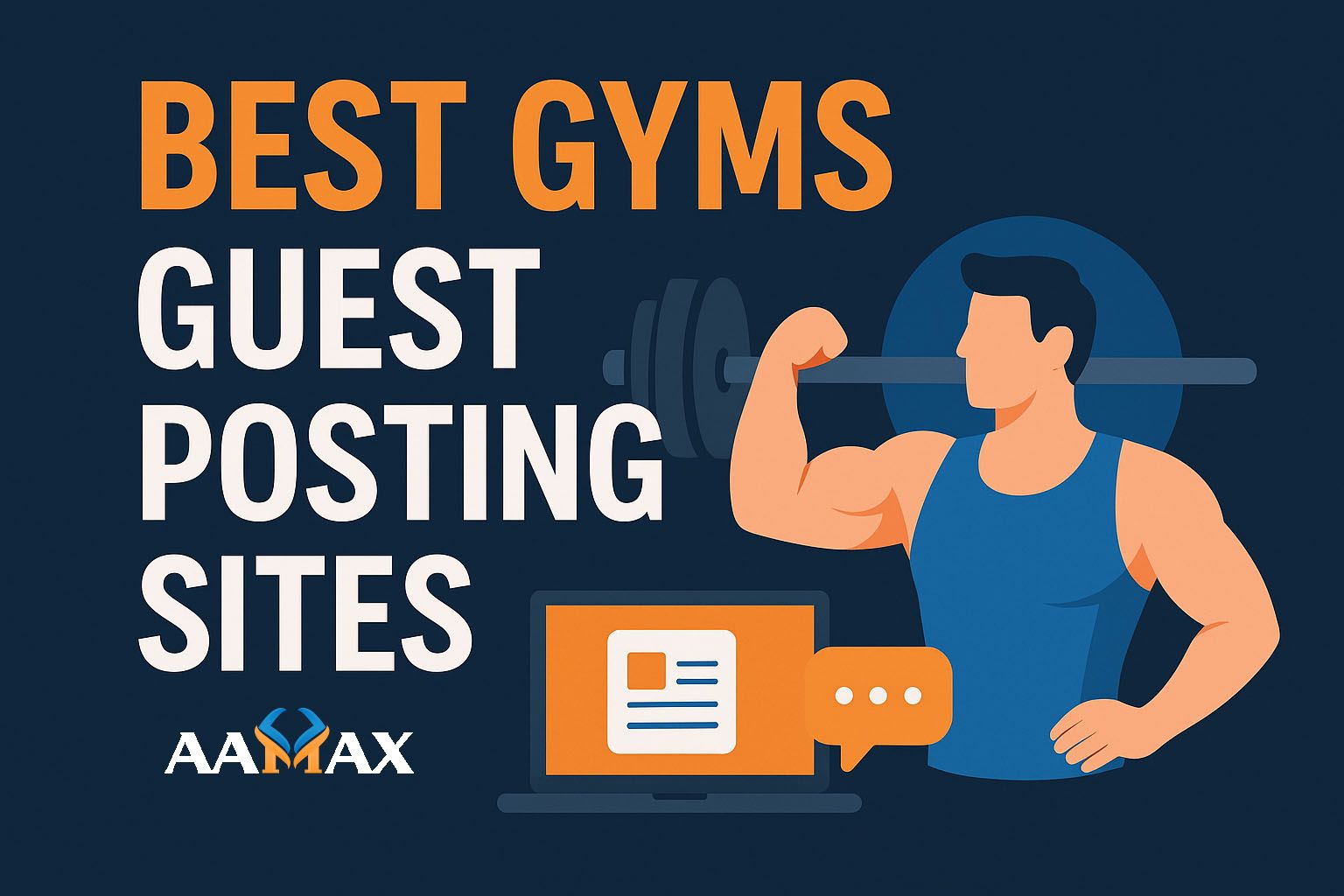
What Are Ad Extensions & How to Use Them to Boost Clicks
When it comes to Google Ads (or any PPC platform), getting your audience’s attention is half the battle. Marketers spend countless hours optimizing ad copy, refining targeting, and adjusting bids. But one of the most overlooked features that can significantly boost click-through rates (CTR) is Ad Extensions.
Ad extensions give you the ability to add extra pieces of information to your ad—whether it’s a phone number, a sitelink to a landing page, location details, or even promotional offers. They are proven to make ads more engaging, improve visibility, and ultimately drive more clicks and conversions.
In this guide, we’ll take a deep dive into what ad extensions are, the types available, how to use them strategically, and why they’re a must-have for any serious PPC campaign.
What Are Ad Extensions?
Ad extensions are additional snippets of information that expand your text ads in search engines like Google. They enhance your standard ads by providing users with more context, making them larger, and often more relevant.
For example, instead of just showing your business name and a short description, you can add links to different sections of your website, your business address, or a call button for mobile users.
These extra elements improve visibility because bigger ads naturally take up more screen real estate. This not only increases the likelihood of a click but also makes your ad look more credible compared to competitors who aren’t using extensions.
Why Ad Extensions Matter
Ad extensions are more than just “nice-to-have.” Here’s why they’re essential:
- Boost CTR (Click-Through Rate): Google itself has stated that ads with extensions see higher click rates compared to ads without them.
- Improve Ad Rank: Extensions can positively impact Quality Score, which directly influences ad position.
- Provide More Value to Users: Users can quickly find what they’re looking for without having to dig through your website.
- Mobile-Friendly: Extensions like click-to-call and location extensions make it easy for mobile users to interact instantly.
- Competitive Edge: If your competitors aren’t using them, you’ll automatically stand out.
Simply put, ad extensions are a free way to improve performance—you don’t pay extra to use them, but they can dramatically enhance your results.
Types of Ad Extensions
Google Ads offers a wide range of ad extensions. Let’s break them down by category and use case.
1. Sitelink Extensions
Sitelinks allow you to add additional links below your main ad, directing users to specific pages of your website.
- Best for: Highlighting popular products, services, or key landing pages.
- Example: An eCommerce brand can show links to “New Arrivals,” “Best Sellers,” “Sale,” and “Customer Reviews.”
2. Callout Extensions
These are short snippets of text (25 characters max) that highlight your business’s unique selling points.
- Best for: Emphasizing benefits like “Free Shipping,” “24/7 Support,” or “Money-Back Guarantee.”
3. Structured Snippet Extensions
Structured snippets provide predefined headers like “Services,” “Brands,” or “Destinations,” under which you can list items.
- Best for: Showing product categories or types of services.
- Example: A law firm might list: “Services: Family Law, Criminal Defense, Estate Planning.”
4. Call Extensions
These add a phone number directly to your ad, enabling mobile users to call your business instantly.
- Best for: Local businesses or service providers that rely heavily on phone inquiries.
5. Location Extensions
Location extensions display your business address and map marker alongside your ad.
- Best for: Driving foot traffic to physical stores or offices.
6. Affiliate Location Extensions
If your products are sold in retail stores, affiliate location extensions show nearby stores where customers can buy them.
- Best for: Brands partnering with retail chains.
7. App Extensions
These let you promote app downloads directly from your ad.
- Best for: Businesses with a mobile app seeking installs.
8. Price Extensions
Price extensions showcase a list of products or services with prices directly under your ad.
- Best for: Transparent pricing strategies or businesses with competitive pricing.
9. Promotion Extensions
Highlight discounts or special offers, such as “20% Off” or “Buy One Get One Free.”
- Best for: Seasonal campaigns, holiday sales, or time-sensitive offers.
10. Image Extensions
Image extensions let you attach visuals to your text ads, making them more eye-catching.
- Best for: eCommerce, real estate, and industries where visuals drive clicks.
How to Set Up Ad Extensions
Setting up ad extensions in Google Ads is straightforward:
- Login to Google Ads.
- Navigate to Ads & Extensions → Click on the Extensions tab.
- Click the “+” button to add a new extension.
- Choose the type of extension you want to add.
- Fill out the necessary details (e.g., links for sitelinks, text for callouts, prices for price extensions).
- Save and review performance over time.
Best Practices for Using Ad Extensions
Not all ad extensions will suit every campaign. Here are some best practices to maximize their impact:
1. Use Multiple Extensions Together
Google allows multiple extensions to appear simultaneously. Combining sitelinks, callouts, and structured snippets can make your ad look more comprehensive.
2. Match Extensions to Campaign Goals
- Running a brand awareness campaign? Use sitelinks and structured snippets.
- Want leads? Add call and location extensions.
- Promoting sales? Use promotion and price extensions.
3. Keep Them Relevant
Only use extensions that align with the ad copy and target audience. Irrelevant extensions may confuse users.
4. Regularly Test & Update
Just like ad copy, extensions should be tested and updated. Rotate callouts, update promotional extensions during sales seasons, and keep sitelinks current.
5. Optimize for Mobile
Make sure phone numbers, app links, and location details are optimized for mobile users. Mobile CTRs can be significantly higher with extensions.
6. Leverage Promotions Strategically
Time-limited offers displayed in ad extensions create urgency, increasing the chance of clicks.
Measuring the Success of Ad Extensions
Google Ads provides detailed performance reports for extensions. You can track:
- Clicks per extension (e.g., how many clicked a sitelink vs. the main ad).
- CTR improvement after adding extensions.
- Conversion rates tied to specific extensions.
By monitoring these metrics, you can refine your extensions strategy to maximize ROI.
Common Mistakes to Avoid
- Using Too Many Extensions at Once: Overloading your ad can overwhelm users. Stick to a balanced approach.
- Irrelevant Sitelinks: Don’t link to random or outdated pages. Keep them fresh.
- Ignoring Mobile Users: Forgetting to add call or app extensions is a missed opportunity.
- Not Updating Promotions: Expired promo extensions harm credibility.
- Duplicating Content: Each extension should add unique value.
The Future of Ad Extensions
Ad extensions are constantly evolving. With advancements in AI-driven ads, we can expect:
- Smarter automation: Google will dynamically choose which extensions to display for better performance.
- More visual options: Image and video extensions will likely expand.
- Personalization: Extensions may adapt based on user intent, search history, or device.
Staying updated with these trends will keep your campaigns competitive.
How Ad Extensions Boost Business Growth
When done correctly, ad extensions do more than boost clicks—they shorten the buyer’s journey.
For example:
- A sitelink to a “Contact Us” page makes it easier for prospects to reach you.
- A price extension lets users immediately compare costs without browsing your website.
- A call extension allows someone in a hurry to dial you instantly.
Each of these reduces friction, making it easier for users to act, which leads to higher conversion rates and better ROI.
Final Thoughts
Ad extensions are one of the most cost-effective yet powerful tools in Google Ads. They enhance visibility, build credibility, and give users the exact information they need at the right time. If you’re running PPC campaigns without ad extensions, you’re leaving money on the table.
Whether you’re a small business looking to drive calls or an enterprise boosting eCommerce sales, extensions can and should be tailored to your goals.
If you want expert help implementing ad extensions and managing your entire digital marketing strategy, consider working with AAMAX. AAMAX is a full-service digital marketing company offering Web Development, Digital Marketing, and SEO Services, ensuring your campaigns are not just running—but thriving.







